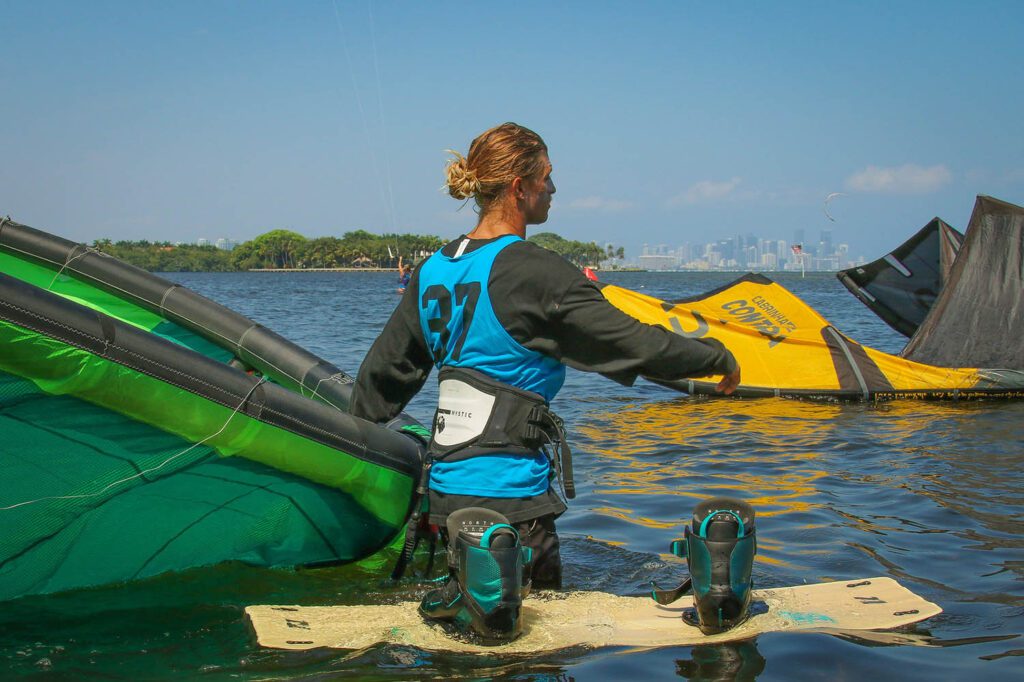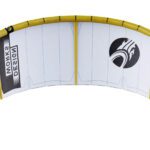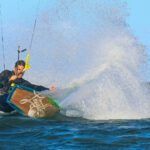
The Crucial Role of Correct Pressure in Kitesurfing Kites and Serrated Varbulas.
Introduction:
Kitesurfing, an exhilarating blend of wind and water sports, has gained significant popularity. It combines elements of surfing, wakeboarding, windsurfing, paragliding, and gymnastics into one extreme sport. One of the most critical aspects of kitesurfing is the kite itself, particularly maintaining the correct pressure on the kite and its serrated barbules. This article will delve into the importance of this aspect, shedding light on its impact on performance, safety, and the overall kitesurfing experience.
The Importance of Correct Pressure
The pressure within a kitesurfing kite is not just about keeping it inflated. It directly affects the kite’s performance, handling, and safety. A properly pressurized kite responds accurately to the rider’s commands, enabling precise control and maneuverability. It also ensures the kite’s stability in the air, reducing the risk of sudden deflations or erratic movements that could lead to accidents.
Underinflation can cause the kite to deform under wind pressure, leading to poor performance and an increased risk of crashing. Conversely, over-inflation can make the kite overly rigid and susceptible to bursting, especially when subjected to strong winds or sharp objects. Therefore, maintaining the correct pressure is a delicate balance every kitesurfer must master.

The Role of Serrated Varbulas
Serrated barbules, a unique feature in some kitesurfing kites, play a significant role in maintaining the kite’s shape and performance. These structures, similar to the ribs in a bird’s wing, provide rigidity and stability to the kite. They help distribute the wind pressure evenly across the kite, enhancing its aerodynamic properties and responsiveness.
Just like the main body of the kite, serrated barbules need to be correctly pressurized. Incorrect pressure can lead to deformation, affecting the kite’s flight characteristics and potentially causing it to behave unpredictably. Therefore, maintaining the correct pressure in these barbules is crucial for optimal performance and safety.
Conclusion:
In conclusion, maintaining the correct pressure in a kitesurfing kite and its serrated barbules is paramount. It directly influences the kite’s performance, the rider’s control, and the overall safety of the sport. As kitesurfing continues to grow in popularity, understanding and applying this knowledge becomes increasingly essential. Whether you’re a seasoned kitesurfer or a beginner, always remember that the key to a great kitesurfing experience lies in your skills and the fine details of your equipment.
FAQ:
Q: How can I check if my kite is correctly pressurized? A: Most kites have a recommended PSI (pounds per square inch) range provided by the manufacturer. You can use a pump with a pressure gauge to ensure you’re within this range. The kite should feel firm but not overly tight.
Q: What happens if my serrated barbules are under-inflated? A: Under-inflated barbules can cause the kite to lose shape and stability, leading to poor performance and an increased risk of crashing.
Q: Can I over-inflate my kite to make it perform better? A: Over-inflation can make the kite overly rigid and susceptible to bursting, especially when subjected to strong winds or sharp objects. It’s best to stick to the manufacturer’s recommended pressure range.
Q: How often should I check the pressure in my kite and its vaults? A: It’s a good practice to check the pressure before each session, as temperature and altitude changes can affect the pressure inside the kite and its vaults.
Q: Can I use any pump to inflate my kite and its vaults? A: Using a kite pump specifically designed for this purpose is recommended. These pumps usually come with a pressure gauge and can inflate the kite to the correct pressure without risk of over-inflation.
Q: What should I do if my kite or its barbules get punctured? A: If your kite or its barbules get punctured, it’s essential to repair them properly before your next session. You can use a kite repair kit, which usually includes patches and adhesives. For larger damages, it might be necessary to seek professional repair services.
Author
Latest entries
 WatersportsSeptember 16, 2024Cabrinha Moto X: Enjoy the Ride
WatersportsSeptember 16, 2024Cabrinha Moto X: Enjoy the Ride WatersportsMay 19, 2024Cabrinha 2024 Moto XL Review: The Ultimate Lightwind Kite
WatersportsMay 19, 2024Cabrinha 2024 Moto XL Review: The Ultimate Lightwind Kite WatersportsDecember 16, 2023Kiteboarding Travel
WatersportsDecember 16, 2023Kiteboarding Travel WatersportsDecember 14, 2023RED BULL KING OF THE AIR 2023
WatersportsDecember 14, 2023RED BULL KING OF THE AIR 2023




